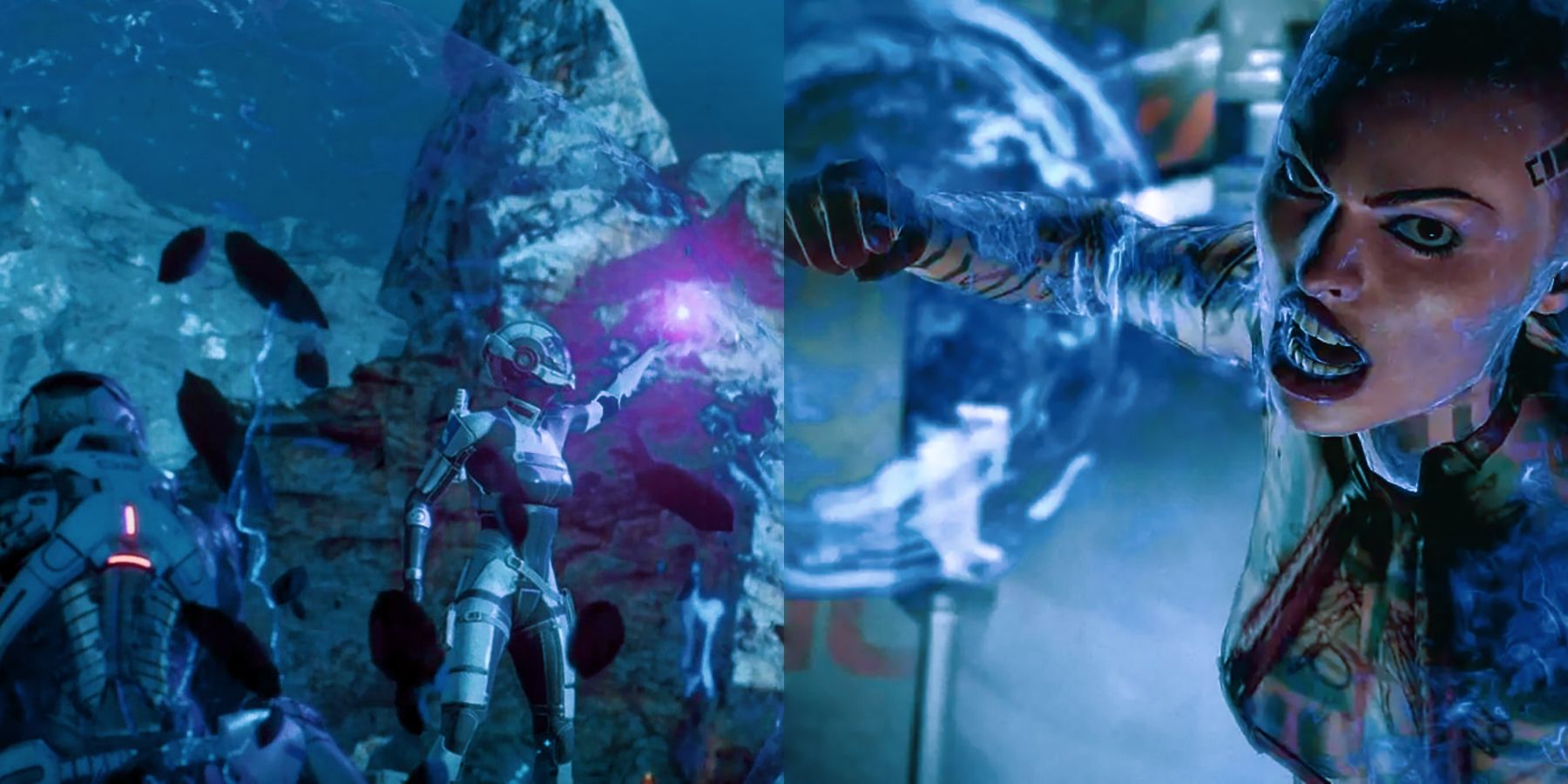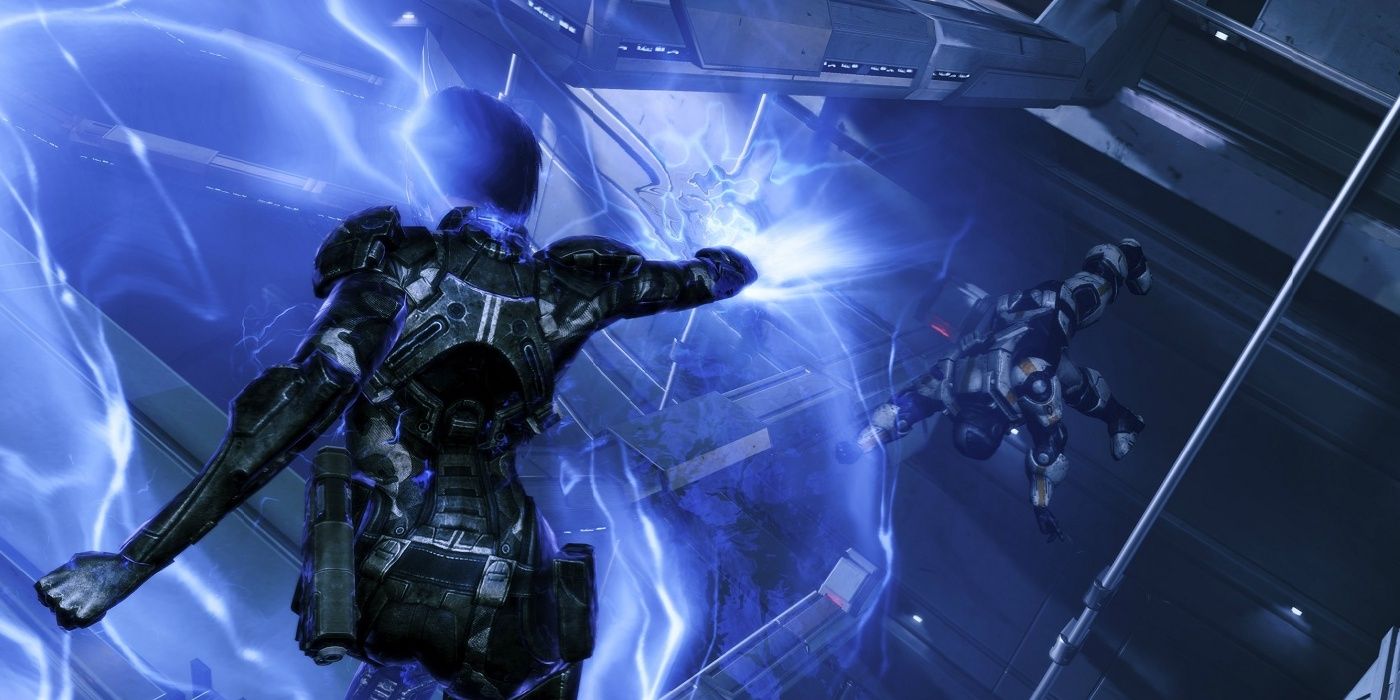Outside brief trailers and teases for Mass Effect 4 (or whatever official title BioWare settles on), not much is known about the game. Fans have deduced, correctly or otherwise, that the game could somehow combine the stories of the Milky Way and Andromeda Galaxies, that it canonizes Mass Effect 3’s Destroy ending, and that there’s a large time gap (obvious, if connecting the two stories).
If Mass Effect fans see the Milky Way in the next title, it’s going to be completely different. The Destroy ending sees all synthetic life destroy, meaning that the Geth are unfortunately sacrificed to destroy the Reapers. There are ways Geth could return in Mass Effect 4, but the destruction of the Reapers could evolve Mass Effect’s technology thousandfold. In turn, this would need to translate to gameplay in the next title, and it stands to reason Biotics could be more powerful than ever.
Mass Effect 4: The Destruction of Reapers, The Advancement of Biotics
As many fans know, some characters have biotic abilities. Sometimes these are parts of mixed classes with a few abilities, while some characters like Jack are feared because of their biotic strength. In short, Biotics are explained as an individual’s ability to generate Mass Effect fields using Element Zero embedded in their body. This translates to gameplay with biotic characters able to knock enemies down, lift them in the air, generate gravity wells, produce barriers, and far more.
The imaginative technology is far advanced by real-world standards, but the destruction of the reapers could push this even further. There’s little doubt that, with the Mass Effect Relays destroyed, many civilizations in the Milky Way will look to the destroyed reapers as important, scientific scrap. Given the size, technology, and strength of the reaper, any time gap in Mass Effect 4 could easily be explained as civilizations discover untold advancements.
The Mass Effect Codex introduces speculation among Milky Way races that each Reaper features a massive Element Zero core. This would explain how these synthetic life forms retain the energy it needs to travel, fight, and various other abilities, as the resulting Mass Effect field would be enormous to generate energy for a shield. Element Zero is rare in the Milky Way galaxy, and that’s why there are few biotics (in comparison to the overall size, scope, and other abilities in the galaxy). It may not be anymore, and with such a quantity of it combined with advancements from one of the most powerful races in the galaxy, it stands to reason this will spread like wildfire over the following years.
Mass Effect 4: Biotic Gameplay Grows Exponentially
IF, and that is a big if, Mass Effect 4 uses this as background information or as a plot in the next game, it has to reflect that in gameplay. It seems unavoidable too, given that BioWare has to explain what happens to Reaper remnants nonetheless. This should result in more powerful biotic abilities. It’s hard to say how exactly, but the ability to manipulate and control machines by mind, to tear apart individuals and put them together again, to convert Mass Effect fields into a powerful, perhaps even Nuclear-level energy blast, and more are all possibilities.
They are dangerous possibilities, too, something that the Mass Effect game probably cannot avoid. Yet, if Mass Effect 2's Jack was a terrifying Biotic, imagining a humanoid Biotic with the strength of Reaper tech and bountiful amounts of Element Zero is even more enticing.
Mass Effect 4 is in development.



